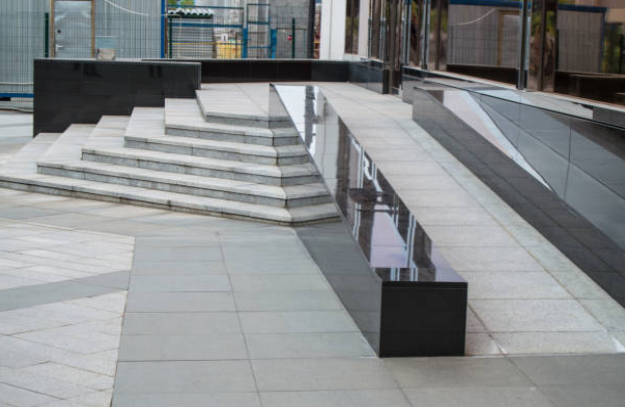Updated on November 30, 2023
Best Practices For Accessible Construction In Residential And Commercial Settings
Accessibility is an important factor in any residential or commercial construction project and should be taken into consideration from the outset. Creating an accessible environment is not only beneficial for those with disabilities, but also allows for greater usability for all people. There are a few best practices to make sure that accessibility is taken into account during construction.
By taking into consideration the needs of people with disabilities, accessibility structure seeks to provide an equal level of accessibility to all members of society.

Image Source: Google
Design for Accessibility
Designing for accessibility should be done from the beginning. This means that the floor plans should be designed with consideration for those who may need wider doorways, ramps, or other features. The design should also include options for people with visual impairments, such as tactile flooring and handrails.
Choose the Right Materials
The materials selected for a construction project should also be chosen with accessibility in mind. For example, non-slip flooring is essential for those with mobility issues, and handrails should be installed to help those with balance issues. Carpet should be chosen carefully, as it can be a trip hazard for those with mobility impairments.
Incorporate Assisted Technology
Assisted technology should also be incorporated into the design. This can include automatic door openers, voice-activated lighting, and other features that make it easier for those with disabilities to navigate the space.
Follow Building Codes
Building codes should also be followed when constructing an accessible space. These codes are designed to ensure that the space is safe and usable for everyone, regardless of their ability.
